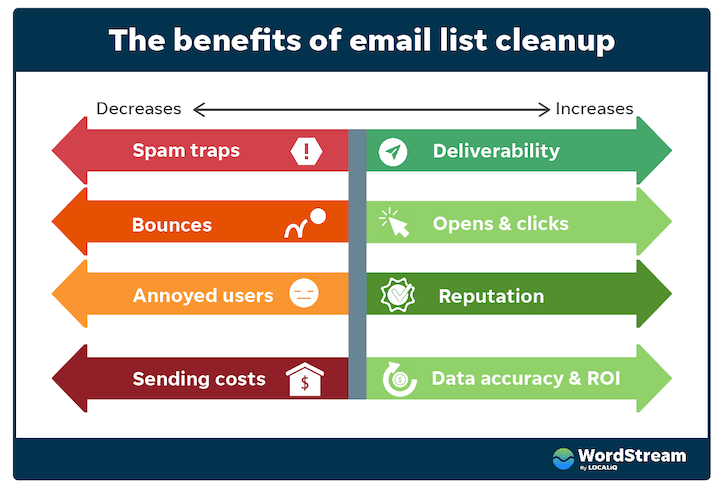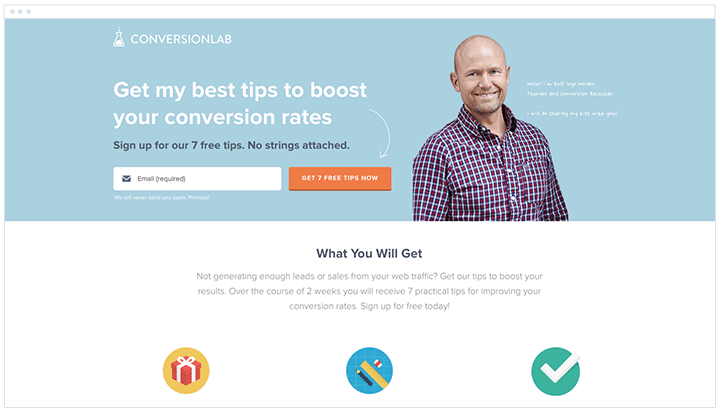Take note of these points before purchasing an email database for Family Medicine. These will allow you to obtain precise, high-quality, and legally compliant data that can be used effectively to promote your business. Be aware of these elements: Data Quality and Accuracy
Source of Data: Ensure the data provider is sourced from reliable and verified sources, like medical directories, professional associations, licensing boards and opt-in databases. The email addresses of family medicine professionals' addresses should be appropriate, current, and tailored to your target audience.
Verification Process - Contact the provider about their verification process. Inactive or incorrect emails should be removed, and the list of emails should be updated regularly. Validated emails decrease bounce rates and enhance deliverability.
Segmentation Options: Lists should be segmented according to factors such as geographic place of residence (country or state) and years of experience, size of the practice as well as areas of specific interest (e.g. preventive medicine, pediatric health). Segmentation increases engagement because it allows for more personalized and targeted outreach.
2. Compliance with Legal Regulations
Data Privacy Laws : Ensure your list is compliant with the General Data Protection Regulations (GDPR) for Europe, California Consumer Privacy Acts (CCPA) for the U.S.A. in addition to as any other applicable privacy laws. The email addresses should be legally collected and with consent to avoid any regulatory penalties.
CAN SPAM Act Compliance: When you run email campaigns within the U.S.A. Be sure to adhere to the CAN SPAM Act. It is also important to provide clear opt-out options and stay clear of deceitful or misleading subject line information.
Opt-In Consent : Confirm that the email addresses we have collected were acquired through consent. This signifies that the family medical physician consented to receiving marketing communications from third parties. It helps ensure the compliance of privacy laws and reduces spam complaints.
3. Provider Reputation
Reputable Supplier: Choose a provider that has a long-standing track record of providing data which is compliant and of top quality. To ensure that the provider is reliable and trustworthy, look for client testimonials and cases studies.
Transparency. Providers should be transparent and transparent about the methods employed to collect data and how often they update it. If the provider doesn't know where to get their data, it's an alarming indicator.
Customer Support - Find firms that provide solid customer service. There may be a need for assistance with technical issues and list segmentation, or to ensure the list conforms to the regulations.
4. Cost and Return on Investment (ROI)
Pricing Models: Service providers offer different pricing models, including pay-per-contact, flat-fee, or subscription services. You must choose a structure that is compatible with your budget.
Refund Policy and Replacement Policy. The most reliable companies provide refunds or replacements for outdated or invalid email addresses. Be sure to read the terms of this policy prior to making a purchase to ensure your investment is protected.
Cost-effective: Insist on more than just cost. A lower-priced mailing list might seem attractive but it can result in a low delivery rate or high bounce rates. It is best to invest in top-quality lists that have more targeted and improved engagement rates.
5. Ownership and use of data
Single Use or Multiple Use? Multiple Use: Decide if you are able to use the list multiple times or if it's intended for one-use only. Lists allowing multiple campaigns can be more valuable, particularly when you plan continuous outreach.
Exclusive vs. shared lists: Determine if the list is exclusively yours or is sold to multiple buyers. Lists that are exclusive to you will less likely create over-saturated audiences and typically will result in better engagement rates.
6. Data Integration and Format
CRM Compatibility. Be sure that your email list is designed in a manner that is compatible with the system that you employ to manage customer relations (CRM). This will ensure seamless integration and user-friendly.
Ease-of-Use: Make sure that the list you make is well organized and easily segmented or filtered by criteria that relate to the campaign. This will streamline targeting and messaging efforts.
7. Ethical Considerations
Relevance of Outreach: Family medicine practitioners are busy professionals So make sure your outreach is pertinent to their practice. Avoid sending generic or irrelevant messages, since they could affect your brand's image and result in low engagement or spam complaint.
Avoid spam practices: Avoid over-emailing and send emails strategically. Inundating recipients with too many emails or offers that aren't relevant can lead to unsubscribes from your email list and spam reports, or even damage to your sender's reputation.
Conclusion
If you want to make sure that your outreach is successful, consider the following factors when purchasing an Family Medicine Email List: Quality of data and legal compliance, as well as the provider's reputation. Look for data that has been segmented and validated to comply to privacy laws as well as being in tune with your customers. Making sure you have a reliable database and sending relevant marketing messages can aid in increasing engagement and increase the return on investment. See the pro family medicine email list for blog examples.

Top 10 Things To Think About When Buying An Email List For The Oil And Gas Industry
It's important to take into account several aspects before buying an email list within the gasoline and oil industry. This will ensure that the list has high-quality content and is legal compliant and is aimed at the right people. Here are 10 important points to consider:
1. Relevance for target audiences
Industry Focus: Ensure the email list is specifically targeted at the gas and oil industry. The list must be well-organized and include professionals such as engineers or geologists, operational managers, as well as decision makers in midstream, upstream and downstream processes.
Roles and Job Titles: Find a list that includes the right individuals (executives engineers, managers, executives etc.) within the organizations you would like to target.
2. List source and vendor Reputation
Reputable companies: Only purchase from reliable and trustworthy email list providers that follow the best practices in data collection. Avoid buying from vendors with questionable provenances. They may have poor data quality, or worse, legal issues.
Data Qualitative: Reviews or testimonials are used to determine the reliability and quality of the list.
3. Quality, Freshness, and Accuracy of Data Quality
Data Age: Contact information must be up-to-date. Staff changes are commonplace in oil and gas firms as are outdated contact details that could lead to excessive bounce rates.
Verification Method. Verify that your vendor is able to verify and regularly updates their list to eliminate inactive or incorrect contacts.
4. Conformity to Regulations
Legal Compliance: Check that your list is compliant with the local and international laws such as GDPR, CAN-SPAM and others, which govern the processing of personal information. Infractions could result in legal risks and penalties.
Opt-in procedure: Check that the email addresses have been collected correctly, which means they have consented to receive communications.
5. Segmentation of the Market as well as Customization
Custom Segmentation: Top quality list providers should offer choices for segmentation according to things such as the location, job title business size, or sub-sectors in the field of oil and gas.
Custom Filters. Based on your campaign's goals be sure the list of filters is customizable based on criteria, for example, location, size, or any special requirements.
6. Delivery Rate
High Delivery: A good email list will have high rates of deliverability (typically 95% or higher). A low-quality list's bounce rate can negatively impact your marketing email and the sender's reputation.
Request previous data or statistics on delivery to gauge the effectiveness of an itemized list.
7. Volume in comparison to.
Qualitative over Quantitative: The list should not be just vast, but also extremely precise and specific. A shorter, more precise list can provide better results than a large general one.
Engagement Metrics: Focus on engagement rates rather than the number of contacts. People who are engaged are more likely to respond to your marketing campaigns.
8. Cost Structure and Pricing
Transparent pricing: Find out the cost of the list. Is it a single purchase or do you pay per month? Beware of cheap lists as they might not offer value or quality.
Return on investment (ROI). Check prices on the list against expected conversion rates to gain an idea of ROI. It can be more cost effective to pay a higher price for a list that has an excellent conversion rate.
9. Privacy and Data Security
Data Protection: Be sure that the list provider uses robust data security measures. The list provider should ensure that personal data is secure from intrusion by unauthorized persons.
Confidentiality. Check that the company does not intend to sell or share your information. Particularly if your business requires confidentiality and discretion.
10. After-sales Customer Support
Support on a regular basis Providers should offer support to customers should you run into issues with the list or need help with the implementation.
List Replacement Guarantee: In the event that you have any issues regarding the list (e.g. incorrect information, or a poor delivery) A reputable supplier will refund or replace it.
Be aware of these aspects to ensure that you are purchasing the right oil and gas email list which is compliant, effective and aligned to your business goals. Have a look at the top for site advice.
